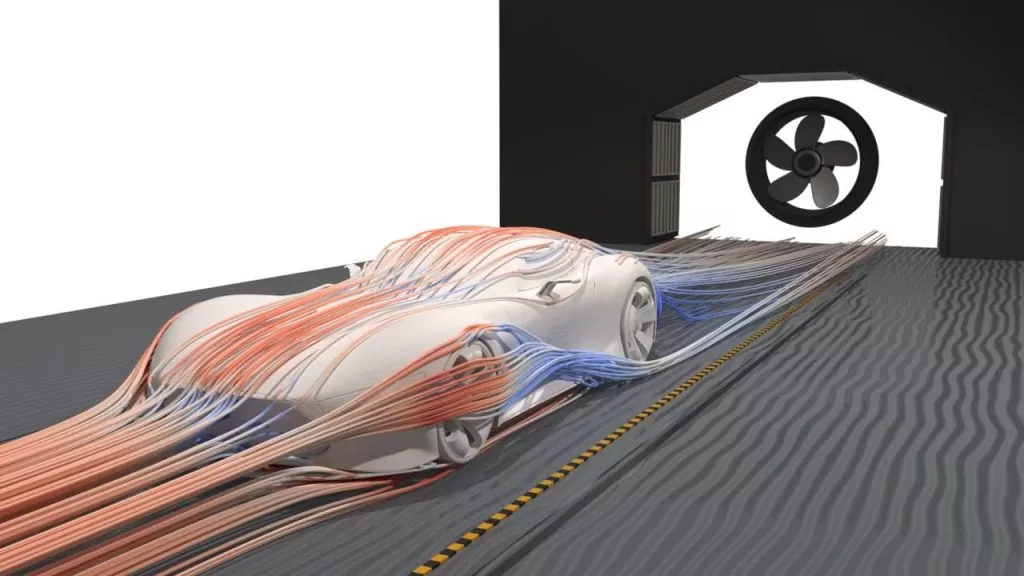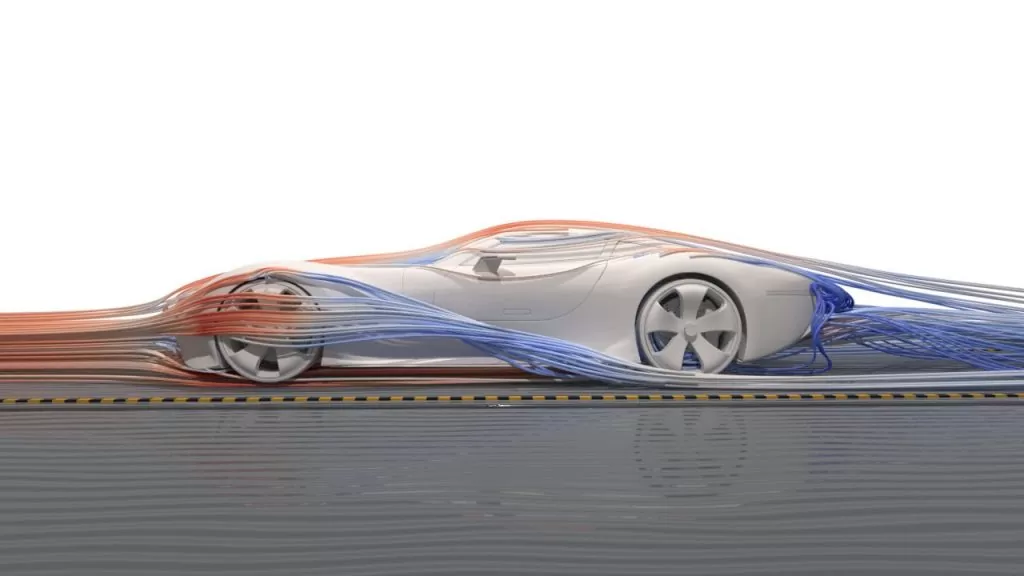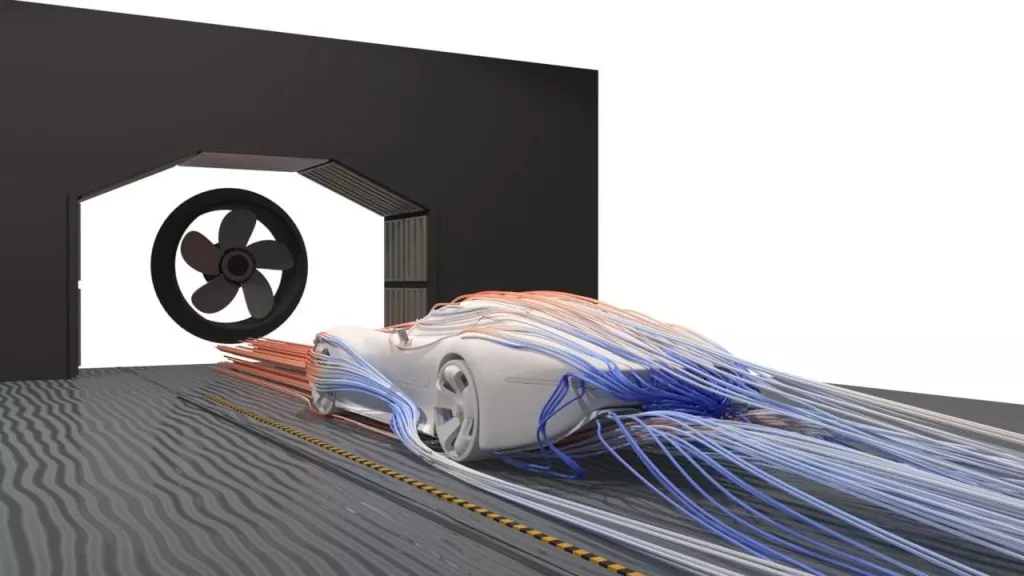Virtual Wind Tunnel
Calculation of aerodynamic forces for design optimization
Symula Inicio > Aerodynamics > Virtual Wind Tunnel
The calculation of aerodynamic forces makes it possible to determine the performance of both vehicles and systems that use some fluid as a working medium, even before they are manufactured. Being able to visualize the behavior of the air allows us to adapt the geometry to our needs and improve the performance in search of greater aerodynamic efficiency.
Online Wind Tunnel Simulator
Thanks to the digitization of the industry, today it is possible to model any aerodynamic phenomenon through computational fluid simulation on a computer. Allowing us to reproduce real vehicle validation tests during early design phases.
There are many advantages of simulating a full-scale wind tunnel in a purely digital environment. The ability to validate different design proposals and their impact on vehicle performance, before being manufactured, gives us versatility and a huge reduction in production costs. Which ends up translating into an increase in the final quality of the product.
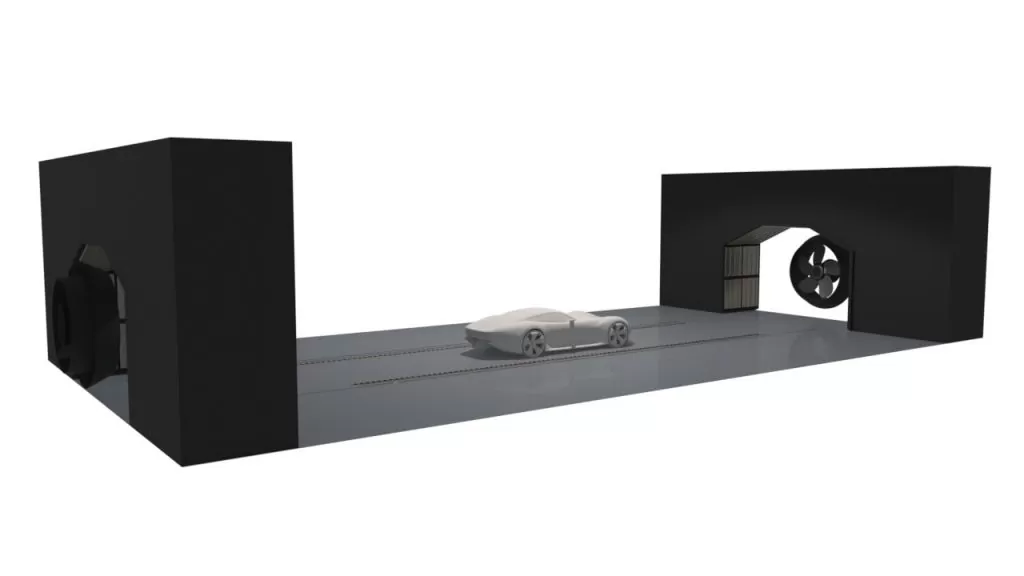
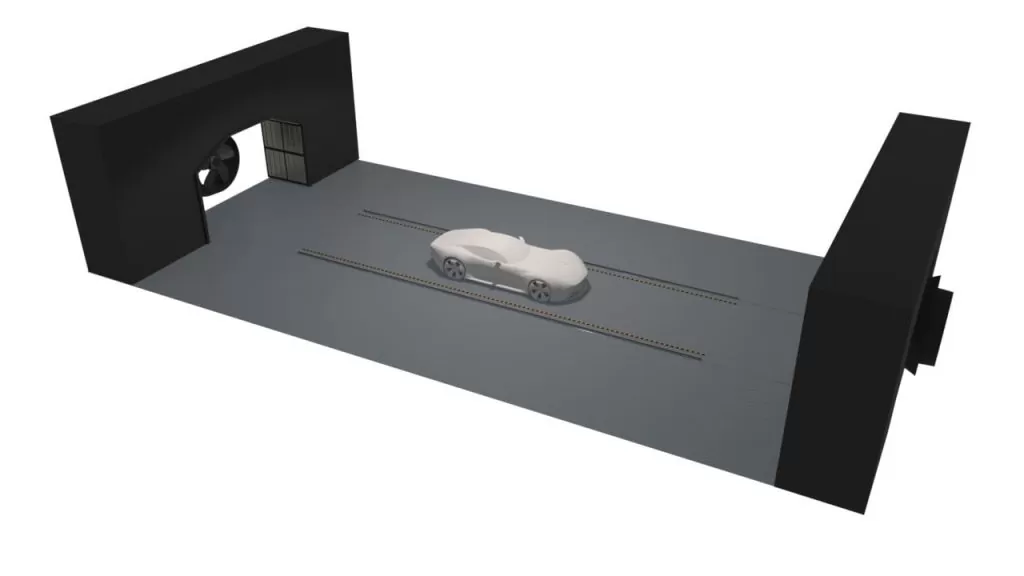
Aerodynamic Coefficients
Aerodynamic coefficients are dimensionless values that allow other parameters of interest to be calculated, such as drag or aerodynamic lift forces. They can be associated with an entire vehicle, as well as with certain specific aerodynamic elements. In any case, they allow us to determine the aerodynamic efficiency based on the desired performance. The most used aerodynamic coefficients are lift and drag.
Lift Coefficient
In the case of needing to raise a vehicle or, on the contrary, keep it on the ground at high velocities, we will focus on the lift coefficient. This parameter will allow us to obtain the vertical forces necessary to lift a certain payload or stay on the road when taking curves at too much speed.
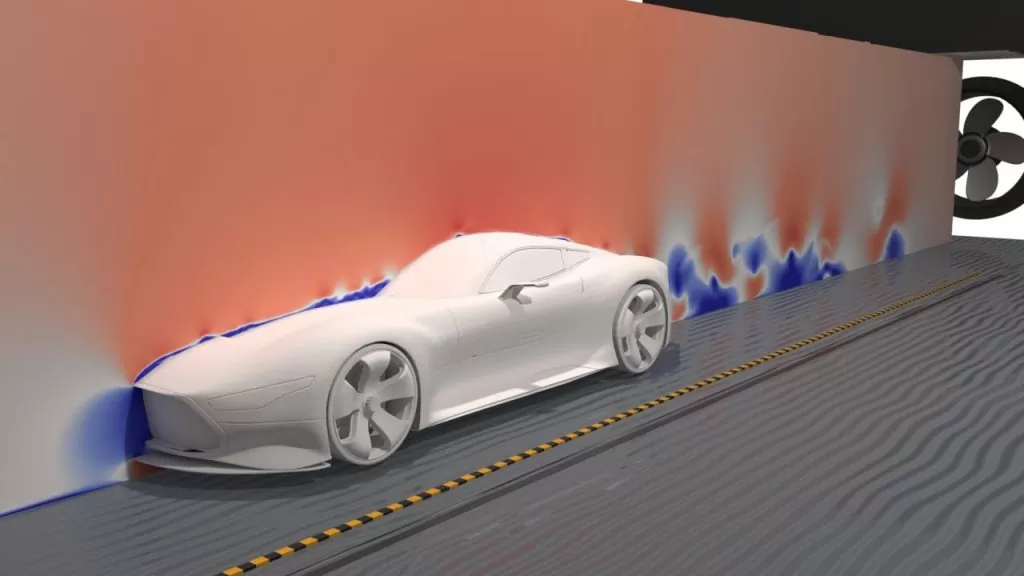
Speed Contours
Resistance Coefficient
When we seek to reduce the opposition of the air to the advance, we will work with the coefficient of drag. By reducing this value we will be able to reduce consumption or increase the maximum speed in vehicles. This drag is determined mainly by pressure forces and turbulent effects.
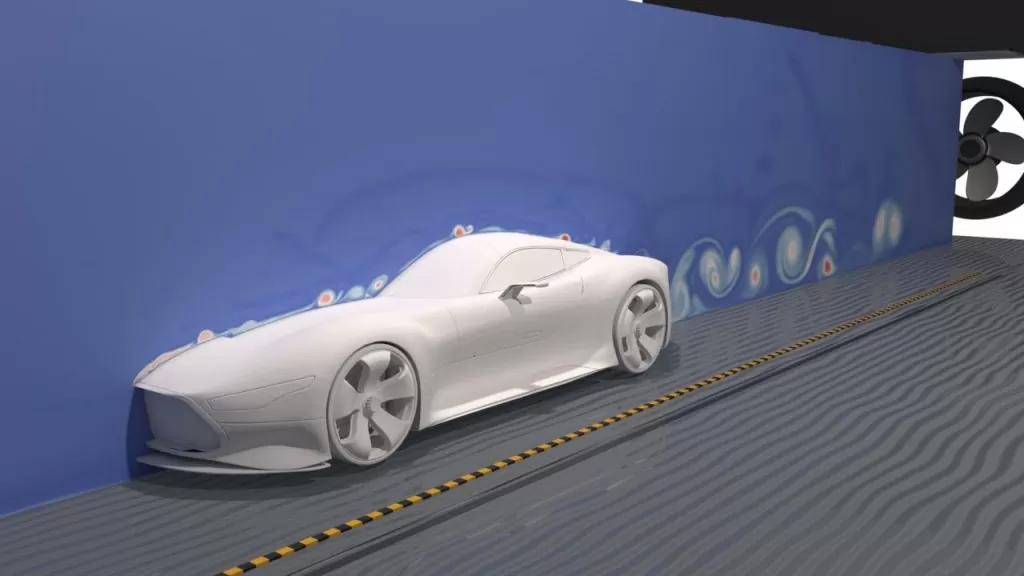
Turbulence contours
Visualize the behavior of the air
